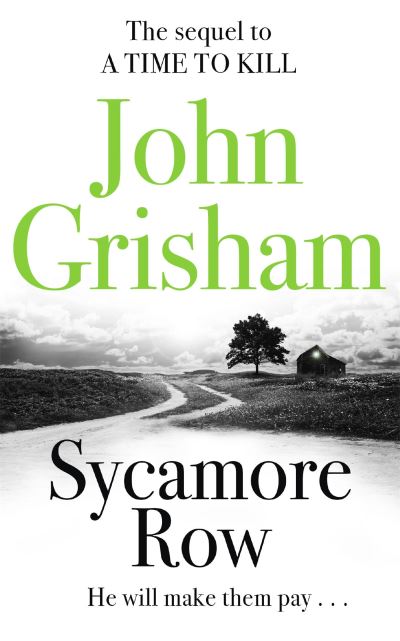

Specifically, it evaluates how Aristotle’s Persuasive Appeals logos (using evidence and epistemology to persuade), pathos (using emotions to persuade), and ethos (using character to persuade) become racialized in the nomos (the normative universe where they function), both in Seth Hubbard’s will and the will contest that follows, and as used as appeals in reparations litigation. Part II explores how the will contest in Sycamore Row illustrates arguments for and against reparations. This Article explores the rhetoric of race, redemption, and reparations in Sycamore Row and as it plays out in American jurisprudence in three parts. Seth’s act of bequeathing the bulk of his estate to a stranger made family through blood spilled over stolen land and stolen, broken Black bodies is an important start to an important discussion: Who bears responsibility to the survivors of domestic terrorism, white supremacy, and for the benefits that white privilege bestows? The will contest encapsulates the rhetoric of race and redemption in Sycamore Row Hubbard’s estate acts as reparations. This is John Grisham’s Sycamore Row, a novel in which the reader journeys to discover the mysteries behind Seth Hubbard’s will, his intentions, his burden as a witness to a lynching over his ancestor’s land, and the fate of the descendants of the formerly enslaved who worked and settled that land known as Sycamore Row only to see its destruction when they asserted their right to it.


That Seth Hubbard was a white man living in rural Mississippi and his housekeeper, a Black woman, made the will contest illustrative of our ongoing national discomfort with slavery, the Confederacy, and the respective obligations of and responsibilities to the descendants of both. When Henry “Seth” Hubbard renounced his formally drawn wills and created a new holographic will on the day of his suicide, one that excluded his children, grandchildren, and ex-wives, and gave the bulk of his estate to his housekeeper and caretaker, a will contest was imminent.


 0 kommentar(er)
0 kommentar(er)
